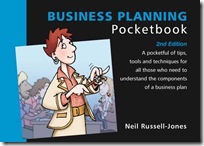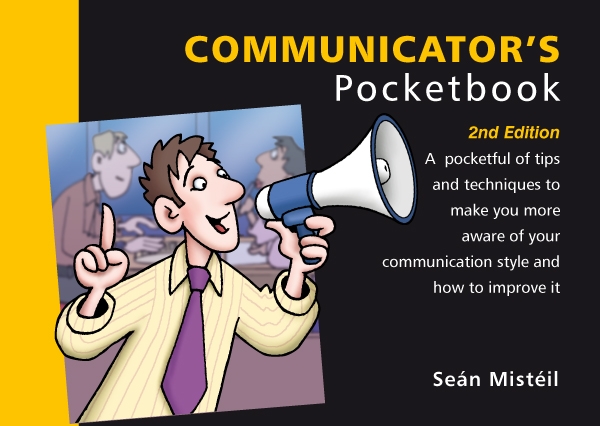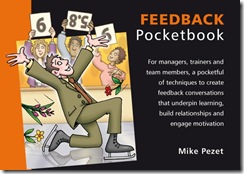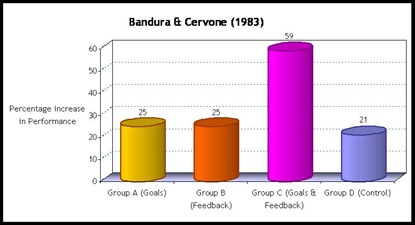Whatever business you are in, and whatever level you occupy, now is the time to be planning for your next financial year.
Start with a Strategy
Every business needs to know where it is heading, and if you don’t choose that direction, it will be chosen for you by circumstances: your market, your competitors, and events. You can better generate sustainable profits when you choose your market.
On the 24th January 1848, while building a sawmill for wealthy landowner John Sutter, John Marshall bent down and picked up a shining object from the river. It was gold! Then he found another, and then another.
Stories of the gold soon got round but there was no gold rush. Nobody believed the stories. So an enterprising San Francisco merchant, Sam Brannan, decided to capitalise on the find by spreading the word. Consequently, the Gold Rush made Sam Brannan the richest man in California.
What was Sam Brennan’s strategy for getting so rich?
He sold shovels and pick-axes!
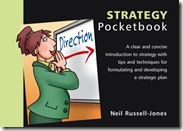 The Strategy Pocketbook gives you a wealth of tools to understand your business and its marketplace.
The Strategy Pocketbook gives you a wealth of tools to understand your business and its marketplace.
.
.
Next, you need a plan
By this time of the year, most businesses with a 31 March year end are well into their business planning. One aspect of the process many of us forget – or feel more comfortable putting to one side – is disaster planning. Whether you are a sole trader, an SME, or a global player, two things are true:
- You are not immune to disaster
- You won’t know how well prepared you are until you test your plans. Don’t wait for nature to set up the test!
The start of your disaster planning process is to identify the threats to your business. The new edition of the Business Planning Pocketbook offers you three broad categories of disaster to consider, when identifying your risks:
- Manmade Disasters
- Technological Disasters
- Natural Disasters
.
.
If you are fortunate enough to own both Strategy and Business Planning Pocketbooks, you can find some nice overlaps. For example, you could apply PESTLE analysis (in the Strategy Pocketbook) to your disaster identification, to give you not three, but six categories of disaster:
- Political
Okay, so calling the outcome of the next election a ‘disaster’ may be a bit much, but it could have significant implications for your business. - Economic
Arguably, we are on the way out of this economic disaster, but who knows? Double-dip anyone? - Social/Cultural
Demographic trends and changes in the way people buy can destroy businesses – just ask the folk at Readers’ Digest. - Technological
Thankfully, the new models of computers and software never go wron&. Bu£ let”s 7u$t t@ke a lo0k a! Toyota. - Legislative
How can changes in regulation and legislation affect your business? Large additional costs can be de-stabilising. - Environmental
Mother nature has a way of hitting us back when we least expect it – and it is frequently below the belt!
So here’s the deal
Start planning for disasters today. If you have a plan then test it – tomorrow. And set aside time at least twice a year to get a range of people from within and outside your organisation around a table, to peer round the next bend to spot more possible futures.
Other Management Pocketbooks you may enjoy
Figuring your way through the planning process …
And when it comes to implementation …

